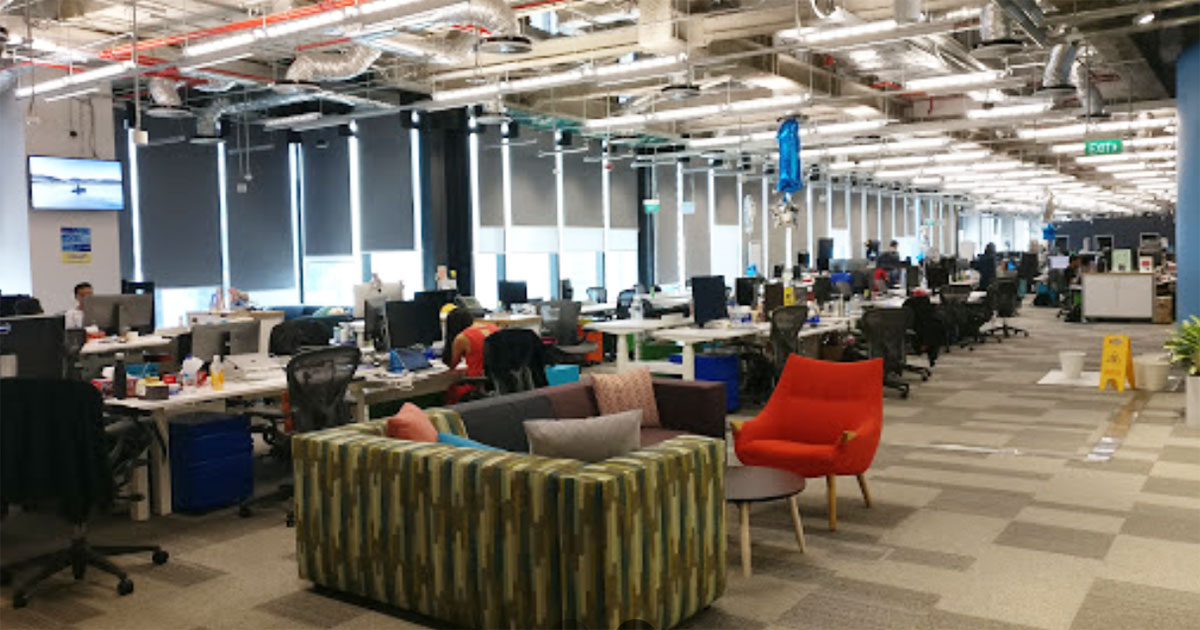How Business Leaders Can Navigate Layoffs and Retent Top Talent: Expert Strategies
In today’s volatile economic climate, business owners face a daunting challenge: balancing cost-cutting measures like layoffs while retaining high-performing talent and maintaining morale. A recent episode of Wise & Shine tackled this issue head-on, featuring HR experts Kirsty Poltock (Country Manager for Robert Walters Singapore) and Parul Sharm (Global Head of Business Partnering with the Economist Group). Their candid discussion revealed actionable strategies for leaders to manage restructuring, anticipate workforce shifts, and foster adaptability.
Here’s what business owners need to know to navigate these turbulent times.

The Reality of Layoffs: “It’s Not Personal—It’s Business”
Layoffs are often unavoidable during economic downturns or organizational pivots. However, as Kirsty Polok emphasizes, “Layoffs are not personal—they’re business decisions.” Employees may interpret restructuring as a reflection of their performance, but leaders must communicate transparently to dispel this myth.
Perel adds, “Nobody is indispensable. If you don’t adapt, you risk irrelevance.” This applies to both employees and organisations. Companies that fail to future-proof their workforce risk losing agility in fast-changing markets.
3 Signs a Layoff Might Be Coming
-
Roles aren’t replaced when employees leave.
-
Offshoring or automation of tasks becomes a focus.
-
Leadership hints at “new ways of working” without clarity.
Proactive communication is critical here. Managers should address rumors early and provide context to reduce anxiety.
Retaining Talent During Restructuring: Lessons from a Survivor
One listener, “Jojo” from biotech, shared her struggle after surviving three rounds of restructuring. Her responsibilities shifted constantly, leaving her demoralised. Perel’s advice? “If you’re still employed post-restructuring, you’re already valued. Now prove you can adapt.”
For business owners, this highlights two priorities:
-
Recognise retained employees’ resilience. Celebrate their flexibility publicly.
-
Clarify new roles. Ambiguity breeds disengagement. Host workshops to redefine goals and expectations.
Kirsty shares a powerful example: A manager encouraged her team to “rewrite their job descriptions” during restructuring. This empowered employees to shape their roles, align with company needs, and even justify pay raises later.
Preparing for the Inevitable: Upskilling and Cross-Training
Both experts agree: Investing in employee development is non-negotiable. Perel notes, “The half-life of skills is shrinking. What you learn today may be obsolete in two years.”
4 Ways to Future-Proof Your Workforce
-
Offer microlearning opportunities (e.g., short courses on AI or data analytics).
-
Rotate high-potential employees across departments to build versatility.
-
Encourage mentorship. Pair junior staff with leaders to transfer institutional knowledge.
-
Fund certifications in emerging fields like AI governance or sustainability.
For example, a healthcare professional burned out by clinical work could transition into health-tech sales with targeted training—a win-win for employee retention and business growth.
Case Study: When Employees Must “Reapply” for Their Jobs
A viral news story criticised companies like HSBC for requiring employees to reapply for their roles. While controversial, Kirsty reframes it as an opportunity: “Showcase skills beyond your current role. Prove you’re indispensable.”
Business owners can apply this mindset without the backlash:
-
Audit employee skills before restructuring.
-
Host internal “innovation challenges” where teams pitch new roles or projects.
-
Reward adaptability with promotions or bonuses.
As Parul warns, “Organisations that restructure reactively risk long-term cultural damage.” Plan ahead to avoid knee-jerk layoffs.
The Human Side of Layoffs: Mitigating Burnout
Restructuring doesn’t just impact those laid off—it strains survivors too. Managers must address burnout with empathy:
-
Normalise vulnerability. Leaders who share their stress build trust.
-
Adjust workloads. If teams shrink, prioritise tasks and deprioritise “nice-to-haves.”
-
Offer mental health resources. Partner with counseling services or host resilience workshops.
A marketing manager named Rena shared how her team struggled with AI adoption fatigue. Parul's solution? “Treat employees as partners, not executors.” Involve them in decision-making to reignite motivation.

Key Takeaways for Business Owners
-
Transparency is king. Overcommunicate during uncertainty.
-
Invest in agility. Cross-training beats constant hiring.
-
Humanise layoffs. Support departing employees to maintain employer branding.
As Kirsty concludes, “The companies that thrive tomorrow are those nurturing talent today.”
In an era where 47% of roles could vanish by 2030 due to automation (McKinsey), business leaders must act decisively. By fostering adaptability, prioritising communication, and viewing employees as long-term assets, organisations can turn restructuring challenges into opportunities for growth.
Let us know what you think about this topic, and what do you want to hear next.
You can now be our community contributor and make a pitch to have your favourite personality be on our show.
Join our community group and drop us your insights on this topic.

-3.png?width=50&name=Square%20(2)-3.png)









Let us know what you think of this post